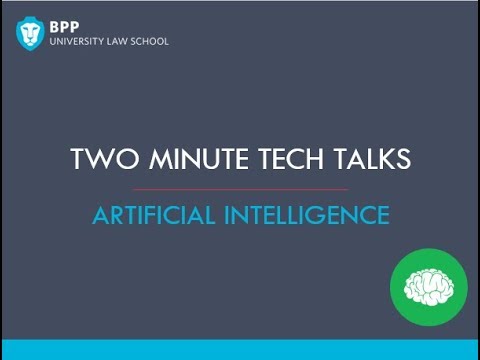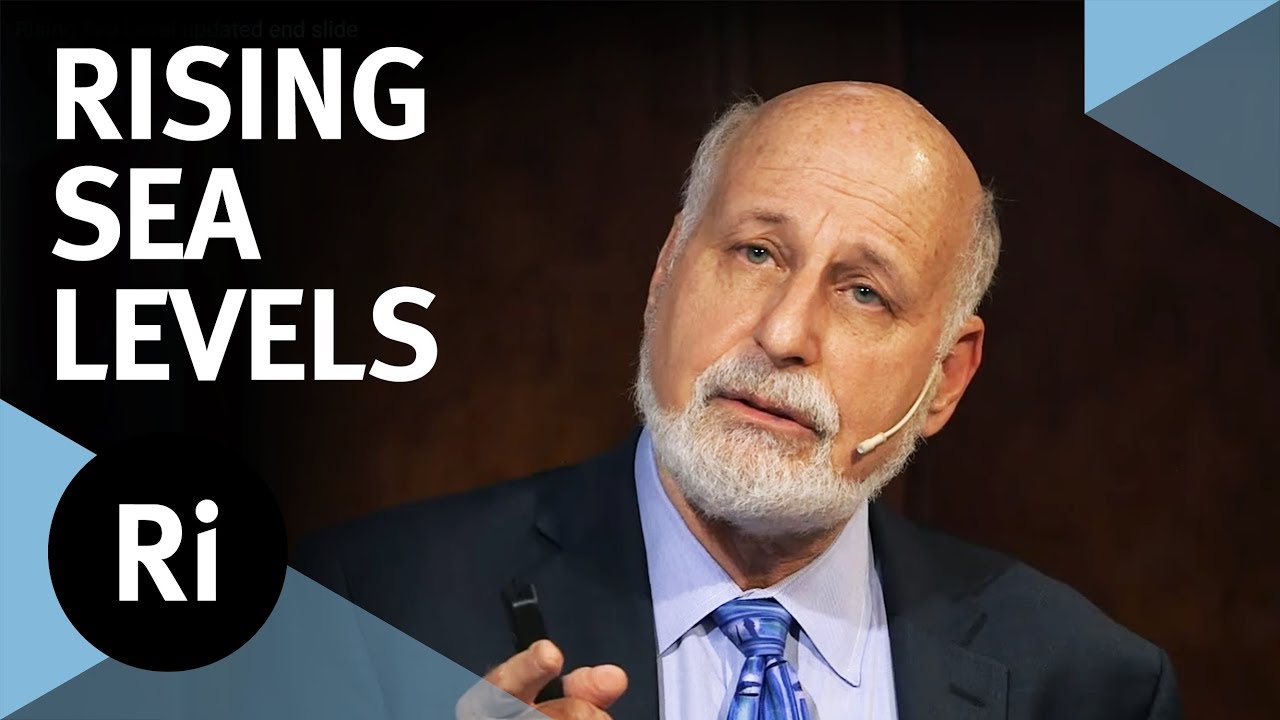BPP University
How could AI and machine learning be used in the legal world?
We break it down to basics in our Two Minute Tech Talks – 1 concept, 2 minutes, 3 questions.
Explanation provided by Adam Curphey, Head of Innovation Technology at BPP University Law School.
bpp.com/courses/law
—
1 concept, 2 minutes, 3 questions
Question 1 – What is it?
“Artificial Intelligence” can mean any number of things, from the way Google searches, to how Alexa talks, a car self-drives or a robot army takes over the Earth. The focus here is going to be on “machine learning”. The idea is that we can create software that can simulate the way in which humans think.
Question 2 – How does it work?
The best way to understand how AI works is to first understand that it is being deployed to deal with a specific problem or process in a lawyer’s workflow. And what do lawyers love when planning a process? A flowchart. Imagine then a flowchart depicting a simple legal question – which document is important for a due diligence?
Before even mentioning a computer, we need to understand what questions we ask ourselves when we consider whether that document is important. For example, are there problematic clauses? Has the law changed? What date is the document? These are all factors that run through the human lawyer’s mind.
To imitate this thinking process with AI we need to feed those same questions into it, so the system “thinks” like a human. Those questions are then given weightings dictating how important they are. For example, the fact that a document has an uncommonly-worded clause may have a high weighting, while the year may have a lower weighting.
A computer running through that flowchart is not AI though – it is a human telling a computer what to do. The AI part is when the computer can teach itself. Before we can get there we need to “train” the system. How? Well we put in some data for which we know the desired outcome, so some documents with no problems, and some with lots.
The more documents you feed the AI, the more it learns, changing the weightings attached to each factor to help it be more accurate in the future, a process that continues even once it is let loose to conduct the diligence. Training never really stops though, as human users will check over the AI’s work, and that will encourage further adjustment.
Question 3 – What is its legal application?
At present AI is most often used to group, classify, review, search or organise bundles of documentation, for example in due diligence or e-disclosure. Other applications include the creation of legal chatbots, providing advice in regulated fact-based areas such as traffic offences.
AI can even help draft entire contracts by intelligently drawing together banks of separate clauses. In the future, the hope is that AI can deal with ever more complicated tasks, increasing efficiency and flexibility, while reducing the administrative strain on lawyers which will reduce costs to clients.
Source



